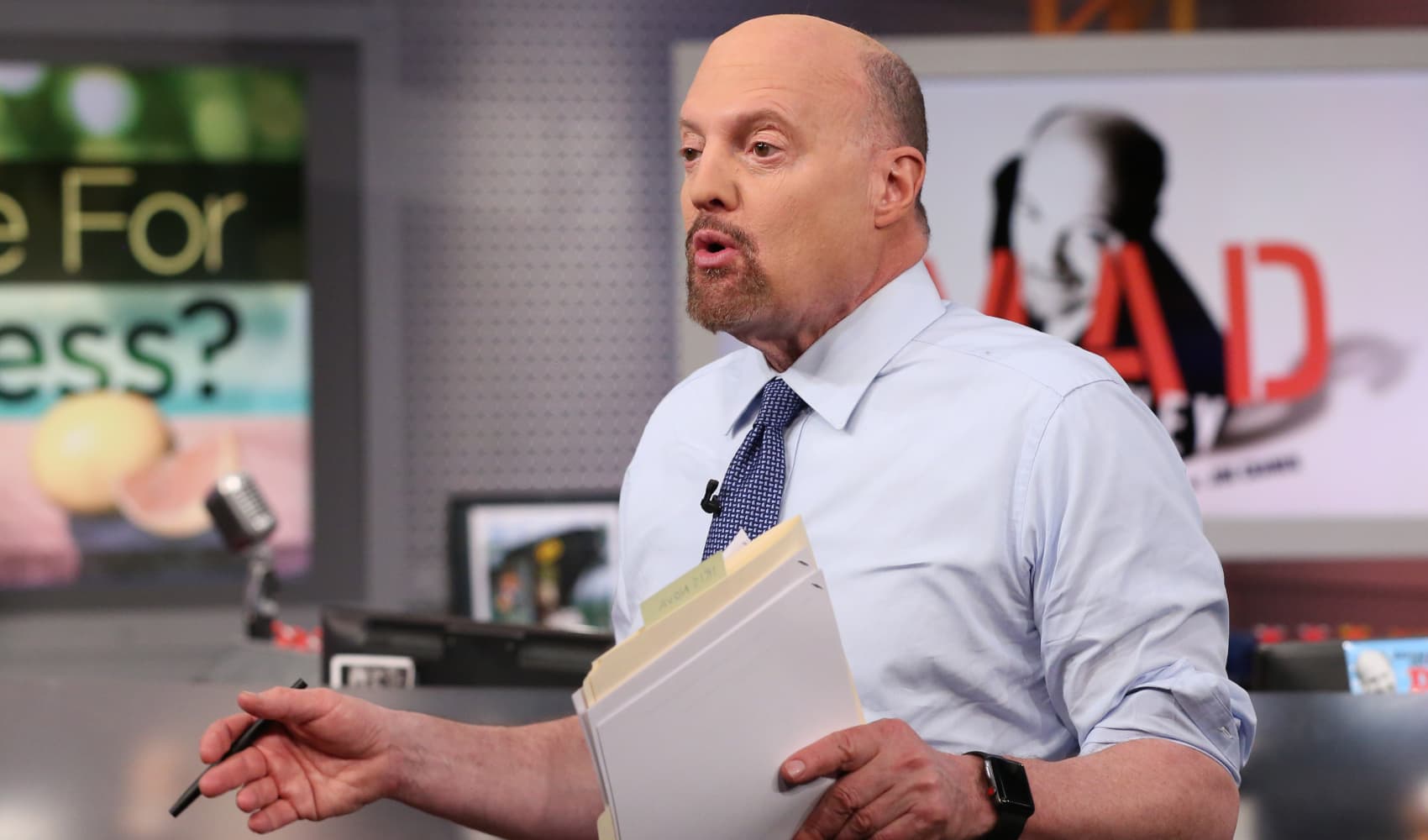
At a certain point in adulthood, an individual retirement account is kind of like an iron or a toolset — something you know you're supposed to own, even if you don't necessarily know how to use it.
If you've been putting off figuring out how to set up an IRA, now is a great time to start. Like workplace retirement accounts, such as 401(k)s, IRAs provide another way to save for retirement.
"We work with clients that are already in retirement as well as the younger generation just starting out," says Ryan Salah, a certified financial planner and partner at Capital Financial Partners in Towson, Maryland. "We never hear any of the older folks say, 'We overdid it on the retirement saving.'"
Get Boston local news, weather forecasts, lifestyle and entertainment stories to your inbox. Sign up for NBC Boston’s newsletters.
What's more, like 401(k)s, IRAs provide tax advantages to those who invest in them. If utilized properly, the Roth version of an IRA comes with tax-free withdrawals in retirement. And withdrawing money in retirement without owing any tax is the "holy grail," says Ed Slott, a certified public accountant and founder of IRAHelp.com.
If you're curious about an IRA, but don't know how to get started, read on for the answers to all the IRA questions you likely have, but were maybe afraid to ask.
What is an IRA?
Money Report
An IRA is a type of investment account that's meant to help everyday people save for retirement. Generally, they come in two varieties.
Traditional IRAs are funded with pre-tax money, which means that you can deduct anything you contribute to these accounts in a given year from your taxable income. Because you forgo taxes up front, you'll owe them when you withdraw the money in retirement. You'll also owe a 10% penalty on any money you take out of the account before age 59½.
Roth IRAs offer no upfront deduction, because they're funded with money you've already paid taxes on. Once you turn 59½, provided you've held the account for at least five years, you can withdraw all of your money, including investment gains, tax-free. Plus, you can take out any of the money you've put in at any time without penalty.
What's the difference between an IRA and a 401(k)?
You may have noticed that IRAs sound similar to 401(k)s, which also come with traditional and (at some companies) Roth options.
There are a few key differences. For one, while an IRA is an account you open for yourself at a brokerage firm, a 401(k) is administered by your employer. That means you'll likely be presented with a menu of company-approved mutual funds when choosing a portfolio within your firm's plan. Investors in IRAs have no such restrictions: You can invest in just about anything your brokerage offers, which may include stocks, bonds, mutual funds, exchange-traded funds and even cryptocurrencies.
There are also differing rules on how much you can contribute. For 2023, employees can contribute up to $22,500 to a 401(k), plus an extra $7,500 for those age 50 and up.
You can contribute up to $6,500 ($7,500 if you're 50 or older) to an IRA in 2023, though Roths come with income limits for contributions. If you earn less than $138,000 as a single filer or less than $218,000 as a married couple, you can contribute the maximum. Higher earners qualify for reduced or no contributions.
Should I contribute to an IRA or a 401(k)?
It depends. If your company offers a matching contribution on 401(k) investments, that account should generally be the first stop for your retirement savings, experts say.
"If your employer is matching 4% or 5%, that's free money," says Eric Bond, a financial advisor and president of Bond Wealth Management in Long Beach, California.
Once you've gotten the match, if you want to invest more toward your retirement savings, it's a matter of preference. You may want the freedom to choose your own investments, especially if your company's plan is full of overpriced or underperforming funds.
"If your goal is to earmark additional assets for long-term goals, and your 401(k) doesn't have good options, I would look toward an IRA," says Christine Benz, director of personal finance and retirement planning at Morningstar.
If your employer doesn't offer a Roth option in its 401(k) plan, you may want to have a mix of pre- and post-tax dollars in retirement. "Having some tax diversification among your accounts can give you flexibility in retirement," says Salah.
Do I want a traditional or Roth IRA?
Back to a financial advisor's favorite two words: it depends.
In general, the thinking goes that a Roth is better if you think your tax rate is going up in the future. If you're early in your career, that's a decent bet, as you're (hopefully) going to command higher and higher pay as you progress. Paying taxes on your Roth dollars now means avoiding a larger tax bill in retirement.
If you think your taxes will be lower in the future, paying further down the line via a traditional IRA might make more sense. Plus, you get an upfront tax break, which could mean more dollars you can invest now.
Whether you'll pay a more in taxes in the future isn't necessarily up to you. The government could make changes to tax rates. Should rates go up, you're better off paying taxes now in a Roth account. And if they go down, "you have a great consolation prize," says Slott. "You've locked in a 0% tax rate on your retirement [withdrawals]."
How do I open a Roth IRA?
The same way you open a brokerage account. Virtually every major online brokerage has an option to open an IRA, and the steps are the same as opening any other type of account. Once you log on, you'll have to fill out an application, for which you'll need to provide a form of identification, such as a passport or a driver's license, along with some personal financial information.
From there, you'll have to figure out how to fund your account, either by linking a bank account, initiating a wire transfer, cutting a check or transferring funds from another type of account. Be sure to read any fine print: Some brokerages charge a fee for certain types of money transfers.
Once your money is in your account, it will be automatically rolled into a "sweep account" — a default, low-interest cash vehicle. That's the pile of cash you can use to buy and sell investments in your IRA.
Although you have essentially the entire investable universe to choose from, gravitate toward diversified, low-cost mutual funds or ETFs that you plan to hold for the long term.
Don't worry if you want to switch funds after your initial investment: Investment sales within IRA accounts aren't subject to capital gains tax.
DON'T MISS: Want to be smarter and more successful with your money, work & life? Sign up for our new newsletter!






